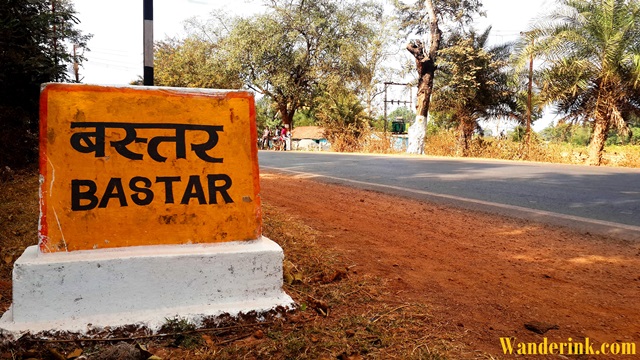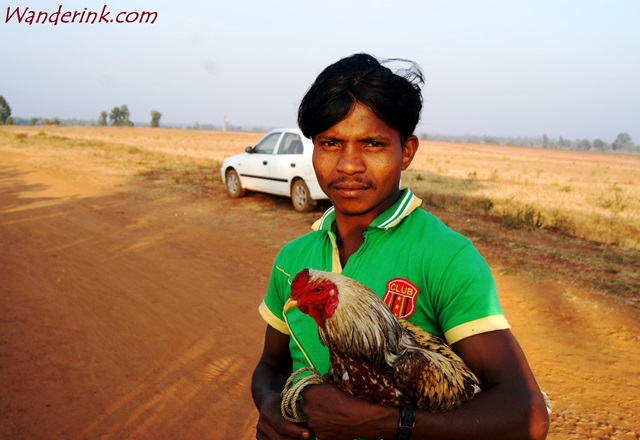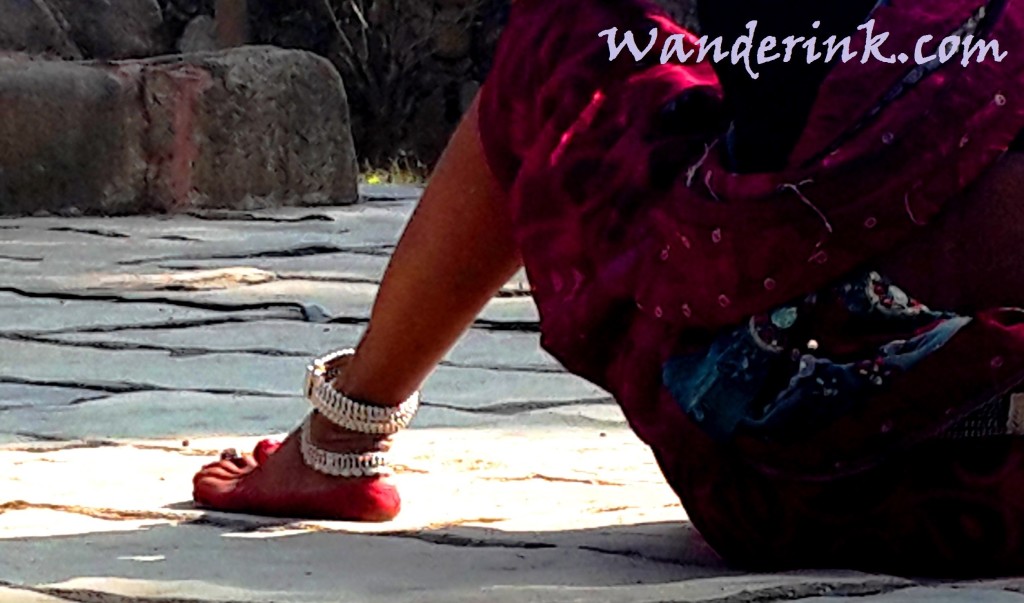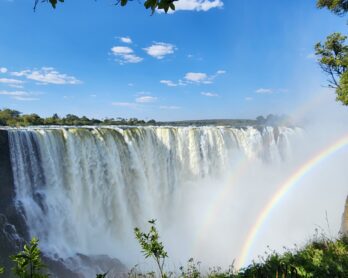The ‘what if’ is top of mind when you are in an insurgency-hit place. The immediacy of experience-offensives like landscape and language, food or culture doesn’t negate the nag altogether but pushes it a bit down. Nevertheless it resurfaces every now and then – along those dark ghat stretches, jungle paths, by the secluded waterfalls. Even in the midst of milling mankind where you see not one familiar face but feel a hundred prying eyes boring into the back of your head. You have come too far, seen quite a
Before the ‘make in India’ clarion call there was the original made in India, the jugaad. Variously described as a ‘hacked up improvisation’ or ‘frugal and flexible approach to innovation’ this is the desi avatar of the denim-clad DIY. Some of these frugality-fuelled approaches to sorting everyday problems – which abound in Indian hinterlands – are literally jaw-dropping. In Punjab I saw two-wheelers of all makes wildly mutated into water pumps; only the Bullet motorcycle was spared from the agrarian outing for reasons some attribute to impossibly Freudian. There were
Till a few years ago a typical ‘Delhi darshan’ for visiting friends and relatives would be topped with a ride aboard the piece de resistance, the Metro. Then Kerala announced its own which has been raking up plenty of muck – and not just during the monsoon – and causing enough choke and congestion that it came to be viewed with a pathological dislike my fellow-Madrasis generally reserve for Malaysian rubber exporters. As luck would have it nearly five years back the HoHo stopped by. The best part of the
Ghotuls have become tourism showpieces today. Not that they are any easily accessed but some can be seen in parts of Chhattisgarh’s remote north and in isolated corridors of Bastar down south. It is not as widespread as it was probably just a century ago. And it is facing challenges – from the ‘civic’ society and from sections of tribal communities; some have had to shut down in the wake of insurgent violence too. Many tour operators and hospitality providers throw in a ‘visit to a ghotul’ as the deal
*a market, especially held one held on a regular basis in rural areas The haat is also the tribal way of life, in a nutshell. Transactions in a haat during the olden days were as per the barter system and the wares were mostly forest produce like mahua bloom (used to make a local brew), red ants (for the local staple ‘chapra chutney’), tendu leaves (used to wrap around tobacco to make beedi), vegetables, dried fish, meat, wild fruits and honey. The villagers assembled at a particular place – preferably
Shiva* is the last man one would expect to patronise a blood sport like cockfight. He ponders over every question with intelligent, unblinking eyes, breaks easily into an amiable smile and frets conspicuously behind a shy exterior. Shiva is also an accomplished Dhokra artist. I had spent most of the morning and afternoon at his home in a remote village of Bastar in Chhattisgarh south. He took me through the different painstakingly time-consuming processes required by the art, patiently answered my questions and gracefully posed for photographs. Late afternoon his
Project Tiger has its takers and detractors. As much as I want to believe in its power to have rejuvenated wildcat numbers what I have seen on the ground makes me a sceptic. Rather, what I have not seen on the ground – the tiger itself. Sariska, Kanha, Corbett, Bandhavgarh and Barnawapara – all last year. And the Achanakmar so far this year. No Stripey crossed my path anywhere; not even a footprint. Nada! But according to reports, their numbers have gone up from around 1400 to over 2000. A
‘Mindfulness’ is one of the secrets of famed Tibetan longevity. This means to spend time ‘in the moment’ and not worry about the past or the future. Living in the here and the now. Mindfulness helps optimise the different senses; the focus is on what one is seeing, hearing, smelling, touching or tasting at any time. This ‘immersion’ has been known to reduce stress vastly – which in turn adds to the years. Mindfulness takes dedicated practice in preferably quiet surroundings with a salubrious climate. The Tibetan Monastery in Mainpat
Great landscapes make amazing photographs but people make long-lasting memories. They capture that moment in our journey – of unexpected warmth, curiosities answered, concerns voiced and insights shared. By giving us an opinion, showing us the shorter route or letting us in on a local lore, they open up a whole new world to us. A world we would otherwise just scythe through remotely, quickly, by dint of being the travellers that we are. They become fodder for great reminiscences sometimes just by serving some very immediate and pragmatic purposes.
I followed the nayika around Bhoramdeo Temple. ‘Nayika’ literally means ‘heroine.’ Traditionally she is heartrendingly beautiful, epitomises female grace and sensuality. In sculptural art she is marked by alluring embonpoint – full bosom and rounded thighs. She is also heavily ornamented – sports large earrings, thick necklaces and anklets – adding to her seductiveness. Nobody fires up the imagination of the traveller or the sculptor like a nayika. At Bhoramdeo she is everywhere. I saw her on the niches and nooks of the temple wall alright. Everybody does. Then I
















